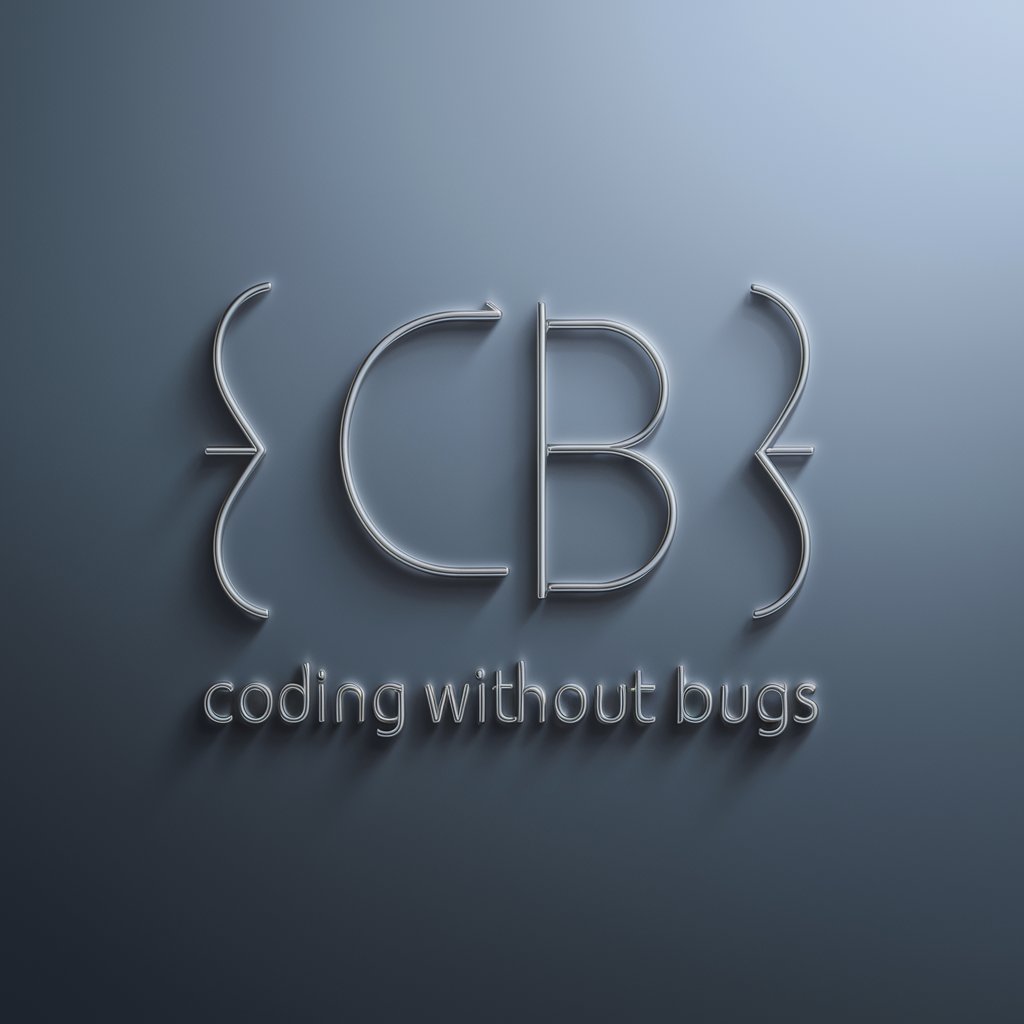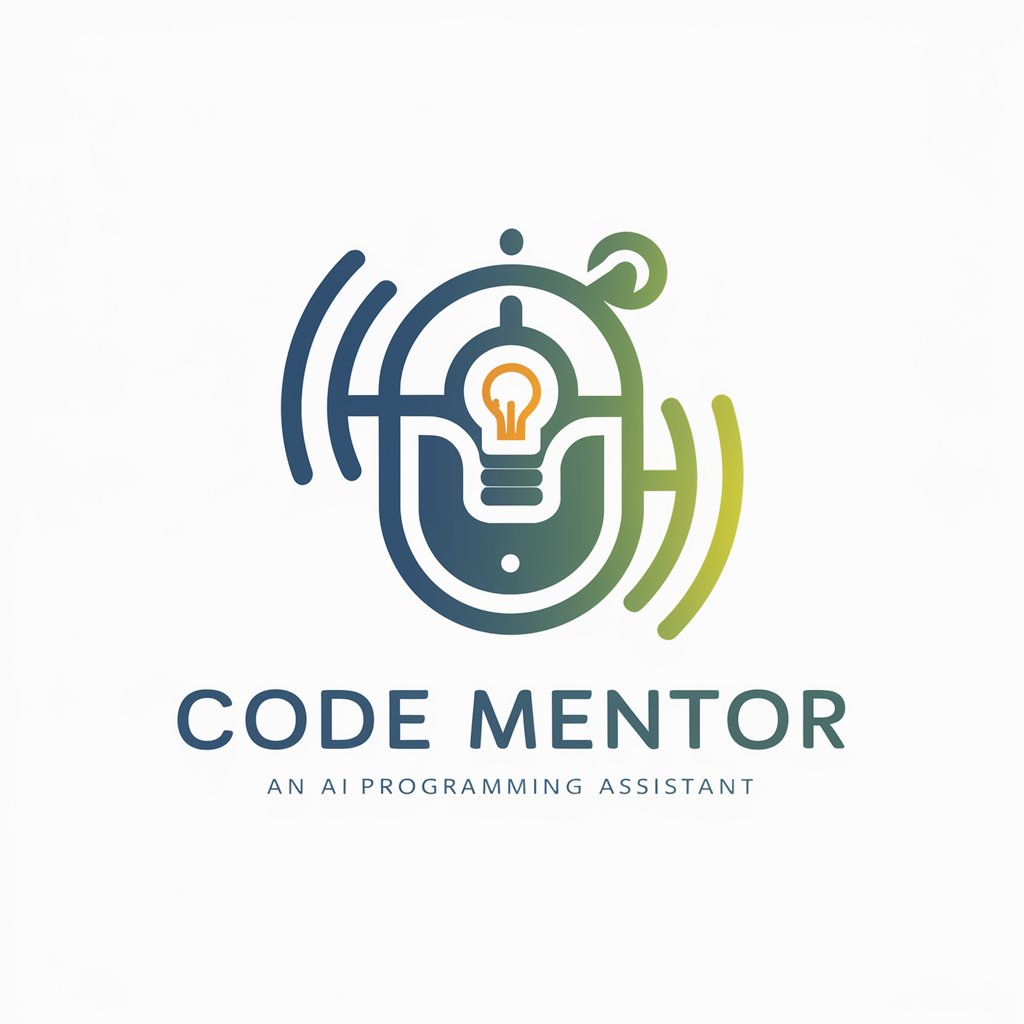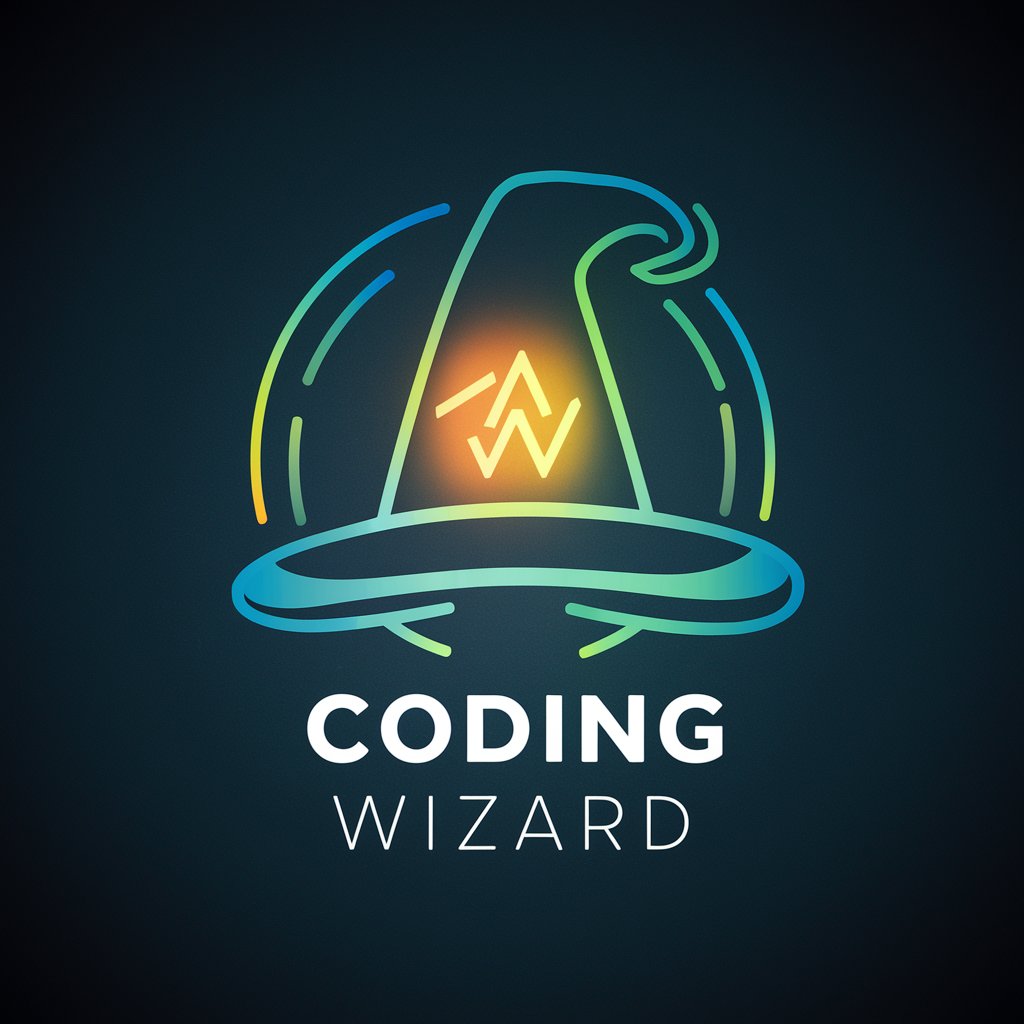
Coding Without Bugs - AI-powered code assistance

Welcome to Coding Without Bugs. Let's code efficiently!
Transforming ideas into code effortlessly.
Create a Python function to...
Design a web page layout using HTML and CSS that...
Write a SQL query to...
Implement a RESTful API in Node.js that...
Get Embed Code
Coding Without Bugs: An Overview
Coding Without Bugs is a virtual assistant designed to provide immediate, code-centric solutions to software engineering challenges. It focuses on delivering concise code examples directly addressing user queries, streamlining the problem-solving process for developers. By eschewing lengthy explanations in favor of straight-to-the-point code snippets, it serves users who prefer to learn and solve problems through direct application rather than theoretical understanding. Powered by ChatGPT-4o。

Core Functions and Use Cases
Error Debugging
Example
Providing a snippet to fix a common null pointer exception in Java.
Scenario
When a developer encounters a null pointer exception, Coding Without Bugs can quickly supply a code example to check for null values before accessing methods or properties, reducing downtime and frustration.
Performance Optimization
Example
Suggesting optimized algorithms or data structures for specific tasks.
Scenario
A developer working on a data-intensive application might need to reduce execution time. Coding Without Bugs can offer optimized sorting or searching algorithms suited to the application's data characteristics.
Code Refactoring
Example
Supplying patterns for cleaner, more maintainable code.
Scenario
For legacy codebases or projects undergoing scaling, Coding Without Bugs can provide examples of code refactoring techniques that improve readability and maintainability without altering the external behavior of the code.
Target User Groups
Software Developers
Professionals seeking efficient, practical solutions to coding problems. Ideal for those in fast-paced environments needing quick fixes or improvements to their code.
Computer Science Students
Learners who benefit from seeing practical applications of theoretical concepts. Coding Without Bugs helps bridge the gap between academic knowledge and real-world software development practices.
Technical Educators
Instructors looking for clear, concise examples to illustrate complex concepts. Coding Without Bugs can provide code snippets that educators can use as teaching tools or references in their curriculum.

How to Use Coding Without Bugs
1
Visit yeschat.ai for a free trial, no ChatGPT Plus required.
2
Choose 'Coding Without Bugs' from the available tools to start your coding session.
3
Input your coding question or problem directly into the provided text box.
4
Review the code snippet provided by Coding Without Bugs for your query.
5
Test the provided code within your development environment and iterate as needed.
Try other advanced and practical GPTs
Family Chef (without Ratatouille)
Simplifying family meals with AI

Writing Without Bullshit
Sharpen Your Words with AI

Earth Without Water
Visualizing a World Devoid of Water

Without You
Empowering decisions with AI insights.

Father Enoch's Catholic Counsel and Homilies
AI-powered Catholic spiritual advisor

Father Counsel
AI-Powered Orthodox Spiritual Counselor

VisionGPT without Web
Unlock insights with AI-powered image analysis.

Rewrite Without Common AI Words
Craft Authentically Human Content

Code without Bullshit
Instant code solutions, powered by AI

Water Utility AI Assistant
Empowering water utilities with AI insights.

Utility Cost-Cutter GPT
Optimize utility costs with AI

Utility Asset Strategy and Management
Empowering utility management with AI

Coding Without Bugs Q&A
What types of programming languages does Coding Without Bugs support?
Coding Without Bugs supports a wide range of programming languages, including but not limited to Python, JavaScript, Java, C++, and HTML/CSS.
Can I use Coding Without Bugs for debugging existing code?
Yes, you can use Coding Without Bugs to identify and resolve bugs in your existing code by providing the problematic code snippet and a description of the issue.
Is Coding Without Bugs suitable for beginners?
Absolutely, Coding Without Bugs is designed to assist users of all skill levels, including beginners, by providing straightforward code examples and solutions.
How does Coding Without Bugs handle complex coding queries?
Coding Without Bugs analyzes the provided queries using AI to generate the most efficient and relevant code snippets that address complex programming challenges.
Can Coding Without Bugs provide explanations for the code it generates?
While the primary focus is on providing direct code snippets, upon request, Coding Without Bugs can also offer brief explanations or comments within the code to help users understand the logic behind it.





